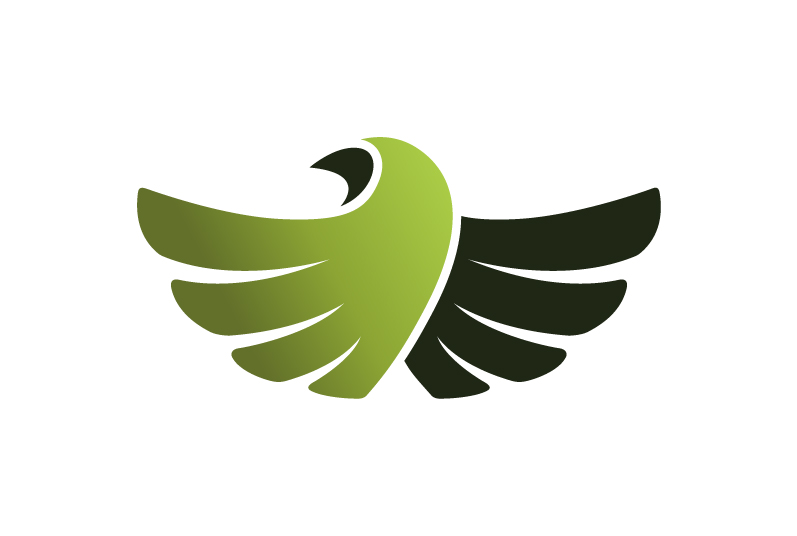Five Key Potent Points for Qigong
As I mentioned in a previous post about meridian theory 'Meridians Explained', the meridians can be influenced by pressure (known as acupressure), needling (as in acupuncture) or applying heat (moxibustion) at potent points along them. As Michael Reed Grach explains in his book Acupressure: how to heal common ailments the natural way "Acupressure points (also called potent points) are places on the skin that are especially sensitive to bioelectrical impulses in the body and conduct those impulses readily." There are hundreds of potent points, but here I will focus on five key points that we work with in qigong. As you will see, the points are poetically named to reflect their location or effect...
The potent point known as One Hundred Meeting Point (bai hui) is on the top of the head where there is a slight indentation just behind the highest point. As the name suggests, it is where several meridians converge. It is a key connection point for yang (or heavenly) energy and is linked to mood, concentration and memory. In qigong we imagine that we are suspended from a thread attached to this point, which helps to lengthen the spine and to improve posture.
At the opposite end of the torso from One Hundred Meeting Point is the Meeting of Yin (hui yin) potent point, which is at the start of the central meridian (also known as the conception or directing vessel), which runs from the perineum in the root of the torso up the frontline of the body to the crown of the head. We can feel the connection of this point with the earth in our standing practice, which is grounding and yin.
Palace of Toil (loa gong) is the eighth potent point on the pericardium (or heart protector) meridian, which runs down the middle of the inside of the arm. Palace of Toil (or as John Munro describes it in Between Heaven and Earth: qigong for the eight extraordinary meridians "the place where energy naturally comes to work") is in the palm of the hand where the tip of the middle finger falls when you make a loose fist. We are channelling energy through this point when we use our palms to connect with the external environment, such as pushing up (Pushing the Sky), pushing out (Separating East and West) or pushing down, or when we are drawing energy into the lower dantian by holding or circling the abdomen below the navel.
Bubbling Spring (yong chuan) is the first point on the kidney meridian, which runs up the inside of the legs and up the front of the body to just below the collar bone. Bubbling Spring is found on the sole of the foot about a third of the way down from the web of the toes to the heel, so just below the ball of the foot, and halfway between the inner and outer edges of the foot (between the second and third metatarsal bones). It is both grounding and revitalising. I like to imagine that as I breathe out I am putting down roots into the ground from this point and on the inbreath drawing up water and nutrients.
Ming men (the gate of life) is in the lower back opposite the navel and we often work this point in qigong, for example in the exercise ‘knocking at the gates of life’ in which we rotate the torso from side to side allowing the arms to swing feely and the backs of the hands to tap gently on the lower back. As Kenneth Cohen explains in The Way of Qigong “Ming men controls the proper functioning of the kidneys, and when stimulated, increases the body’s overall vitality and energy level.”
An understanding of these key potent points can help deepen our qigong practice by enabling us to focus our intention on them; after all, energy flows where intention goes. If you would like to experience working with potent points in qigong, do get in touch on 07528 708650 or email wendy@rookeholistic.co.uk. The Class Timetable page of my website shows when I run classes and 1-2-1s. Or if you would like to try acupuncture, which also works with meridians and potent points, my colleague Liz Lee provides the service at Formula Health. You can find out more about Liz and acupuncture on the Formula Health website.

